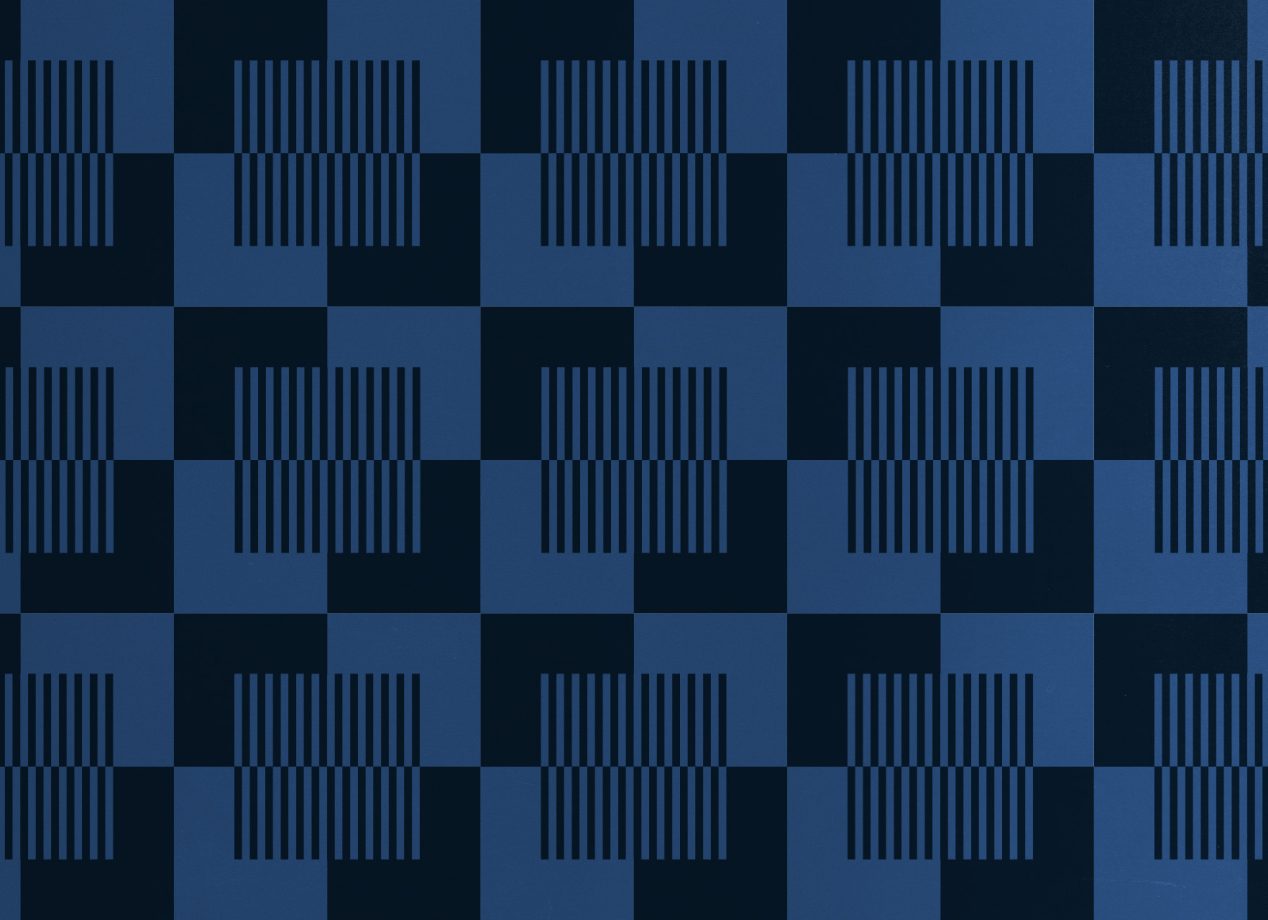“We wanted to recreate the idea of entering into the artist’s space, hence the drone became a way to get the feeling of a bird’s eye view into someone’s creative process”. Read faculty Tim Goossens’s dispatch on curating a show in London while he was based in New York during the pandemic.
April 2021 sees the launch of “The Dionysian Kid”, an online exhibition that I curated with Canadian, London-based Alias Trate. The exhibition is based on footage from a drone that was flown into his Central London studio. Alias was on lockdown in the UK while I was hunkering down in New York. All the planning happened over Zoom, our new normal. During the pandemic we all developed different strategies to cope with our newfound realities which were marked by loss, grief and a global anxiety. Some artists had a hard time creating in these circumstances while others thrived. As Alias told me: “The social constraints imposed by the pandemic have removed many of the public sources of cultural inspiration, and also cultural distraction, which has forced a period of intense introspection. For me, this has meant stripping back layers of accumulated noise and artifice, exposing the raw drivers behind my thoughts, anxieties, vices and desires. Painting has always been my way of coming to terms with these drivers and the pandemic amplified the intensity of this channel”.
It has also been intense to curate during the pandemic. The traditional means of discovering artists, through studio visits and seeing exhibitions at emerging galleries, were non-existent for most of the last year. Online studio visits became the new normal. It’s not as good as smelling the fresh paint in an artist’s studio and seeing the books on their shelves, but it has kept both artists and curators sane to have a dialogue. I was interested in Trate’s work and we had studio visits by Zoom. We discussed several options for online exhibitions and looked at examples as diverse as commercial galleries like PPOW or David Zwirner to museum shows and collections displayed online. We wanted to recreate the idea of entering into the artist’s space, hence the drone became a way to get the feeling of a bird’s eye view into someone’s creative process.
Trate was also keen to make the exhibition accessible. He says, “I have an intimate bond with my paintings. I interact with them as living beings and they speak to me. They draw me into a human dialogue: the lines of their faces; the embodiment of emotion in their eyes; the pull of the colors in their bodies. Partnering with a tech start-up (Digma) to develop an app that makes the drone footage interactive is a way to share and broaden that dialogue with a larger audience.” Although nothing can replace the visceral pull of the works as you stand before them, the interactive drone footage transports you into the artist’s working space and thus the dialogue begins.
We were both pleasantly surprised by how authentic and engaging the drone viewing experience is. Any tension one would expect between the oil on canvas works and the digital interface actually falls away when you let yourself be transported away. My past experience with drone footage had been real estate tours that let you inside these incredible spaces, which is fun even if they are out of your price range! This is a less commercial use of the technology that achieves the same “behind closed doors” feeling of access. The unexpected use of new technology to view what is a traditional medium—oil on canvas painting—was something we were excited about.
Three elements define Trate’s process: working from his subconscious, mixing various organic oils into raw pigments, as well as creating form on canvases with his fingers wrapped in turpine-dipped cloths. He says, “First, drawing on my subconscious for inspiration, and how it distills and deforms my experiences, defines my work. I paint intuitively without sketching out forms or preplanning. The act of painting is a reflective process unto itself. A sort of existential exploration. Second, I am obsessed with playing with different viscosities of oil - using walnut, safflower, poppy seed, linseed oils - to bring out color in pigments and capture form. The prominence of heavy qualities of oils defines my work. Third I constantly use my fingers - wrapped in turpentine-dipped cloths - to remove brushwork.”
As a curator it is always interesting to see how new generations of artists utilize mediums in new ways. The paintings in this series, while inspired by ancient Greek mythology, are anchored in the present. Gender is fluid, the figures are silent and yet communicate the vulnerability and isolation so many of us have felt in the past year of lockdown. I’m also happy to have the opportunity to work with an artist who will be new to a US audience. I don’t think I’ve ever curated a show with an artist that I haven’t met in person at least once. What at first might have been unthinkable now seems like a normal process. I guess we are all living in a virtual world right now.
The Dionysian Kid curated by Tim Goossens is on view online until May 28 2021
